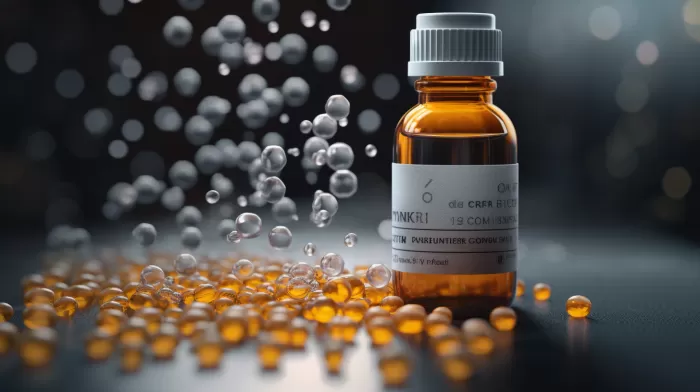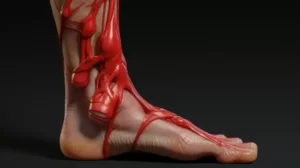Before mainstream doctors started relying on antibiotics to fight off infections, colloidal silver was a critical component in combating various diseases in the early 20th century. Today, as bacteria have become resistant to many antibiotics, there has been a renewed interest in antimicrobials such as colloidal silver. However, the Food and Drug Administration (FDA) disapproves of colloidal silver, likely due to its potential to challenge the pharmaceutical industry’s hold on antimicrobial drugs.
Battle against antibiotic resistance
The rise of antibiotic-resistant bacteria has caused an increased interest in alternatives like colloidal silver. Unfortunately for patients, big pharmaceutical companies have not invested in clinical trials to test its efficacy because they cannot patent it and sell it at the same profit margins as prescription drugs.
There was a time when antibiotics were thought to be unsurpassable for treating life-threatening pathogens, and in the early days, they offered substantial profit for drug companies. Today, it’s a different story. The widespread prevalence of antibiotic-resistant bacteria has led to a challenge in developing a new wave of antibiotics to replace the old, unsuccessful ones. Natural treatments like colloidal silver are now becoming more attractive.
The benefits of colloidal silver
Ironically, Albert Searle, founder of the drug company that later became part of Merck, performed extensive research on colloidal silver and its ability to combat infections. In his book, Colloidal Silver Today, Warren Jefferson mentioned that Searle found colloidal silver to be “rapidly fatal to the parasites – both bacterial and otherwise – without any toxic action on the host.” Searle also suggested that colloidal silver could be helpful for tonsillitis, conjunctivitis, impetigo, leg ulcerations, eczema, dysentery, and boils.
Although researchers are not exactly sure how silver kills pathogenic bacteria, several theories exist. For instance, it might inhibit the enzymes utilized by microbes for survival, disrupt their membranes, hinder cell functions, or interrupt bacterial reproduction. Another possible explanation is that microbes inherently draw particles from colloidal silver, which accumulate and subsequently kill them off. Additionally, silver might stimulate the body’s immune defenses, making them more effective at destroying invading microbes.
External and internal uses
Mark Stengler, author of The Natural Physician’s Healing Therapies, wrote about using colloidal silver for both internal and external treatment of acute infections. He also uses it as an antifungal and antiparasitic agent, administering it to patients internally for infections in the digestive tract. Moreover, some holistic doctors use colloidal silver for long-term treatment of Lyme disease.
While some experts have expressed concerns over the potential risks of overusing protein-bound silver compounds—such as the skin condition argyria—these risks are not associated with most colloidal silver preparations available as a homeopathic treatment. The same medicinal benefits can be achieved without affecting skin tone.
A powerful natural solution
In a world where antibiotic-resistant bacteria are on the rise, it’s crucial that we begin to explore alternative antimicrobials like colloidal silver. While large pharmaceutical companies may not devote resources to studying and promoting natural remedies due to their inability to profit handsomely from them, it’s essential to recognize the potential benefits of this powerful natural solution. As Albert Searle once found in his research, colloidal silver may offer us a way to fight infections without causing harm to the host body, making it an indispensable tool in combating a wide range of diseases.



